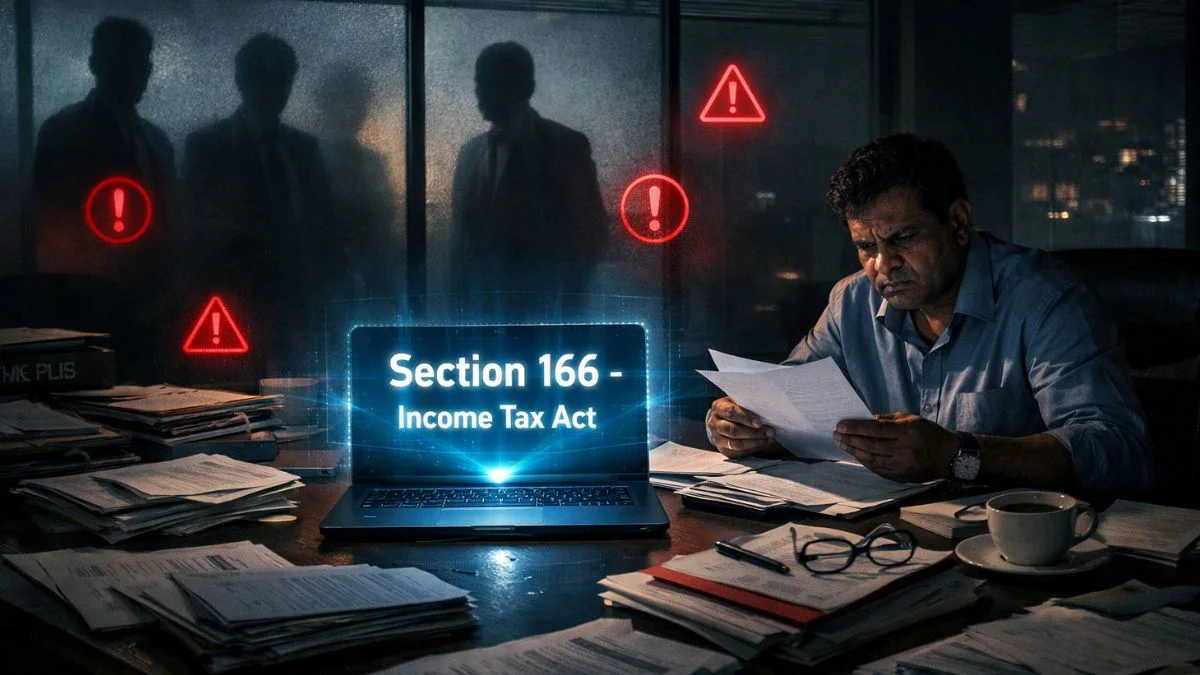
What Is the New Income Tax Slab for Senior Citizens in India?
Updated for FY 2025–26 | AY 2026–27
The Indian government has announced significant changes in the income tax structure starting April 1, 2025, especially benefiting senior citizens. With simplified slabs, a higher exemption limit, and new rebate provisions, taxpayers aged 60 and above need to understand how these changes impact their finances.
In this article, we break down the latest income tax slabs for senior citizens, how they differ under the new and old tax regimes, and which one might suit you better in FY 2025–26.
👵 Who Qualifies as a Senior Citizen?
According to the Income Tax Act, the classification is as follows:
• Senior Citizen: Individuals aged 60 years or more but below 80 years at any time during the financial year.
• Super Senior Citizen: Individuals aged 80 years or above.
📢 What’s New from April 1, 2025?
The new income tax slabs have been revised under the default (new) tax regime to lower the tax burden and simplify compliance for senior citizens.
✅ New Tax Regime Slabs for Senior Citizens (FY 2025–26)
| Annual Income Range | Tax Rate |
| Up to ₹4,00,000 | Nil |
| ₹4,00,001 – ₹8,00,000 | 5% |
| ₹8,00,001 – ₹12,00,000 | 10% |
| ₹12,00,001 – ₹16,00,000 | 15% |
| ₹16,00,001 – ₹20,00,000 | 20% |
| ₹20,00,001 – ₹24,00,000 | 25% |
| Above ₹24,00,000 | 30% |
💡 Highlights:
• Basic exemption limit increased to ₹4 lakh (earlier ₹3 lakh)
• Section 87A rebate extended to those with income up to ₹12 lakh – making effective tax zero if eligible
Source: Economic Times
🧾 What About the Old Tax Regime?
The old tax regime is still available for those who prefer deductions like:
• 80C (LIC, PPF, ELSS)
• 80TTB (Interest savings on FD and savings Account)
• HRA, Standard Deduction, etc.
Old Tax Slabs for Senior Citizens (FY 2025–26)
| Annual Income Range | Tax Rate |
| Up to ₹3,00,000 | Nil |
| ₹3,00,001 – ₹5,00,000 | 5% |
| ₹5,00,001 – ₹10,00,000 | 20% |
| Above ₹10,00,000 | 30% |
🤔 New vs. Old Regime: Which Is Better for Senior Citizens?
| Criteria | New Regime | Old Regime |
| Exemption Limit | ₹4,00,000 | ₹3,00,000 |
| Deductions (80C, 80D, HRA, etc.) | ❌ Not available | ✅ Available |
| Section 87A Rebate Limit | Up to ₹12 lakh | Up to ₹5 lakh |
| Best for | Pensioners without many deductions | Retirees with heavy investments in 80C/80D |
🧠 Example: Mr. Sharma (Age 66)
• Total Income: ₹9 lakh
• Deductions under old regime: ₹2.5 lakh (80C 80D)
Under the Old Regime:
• Taxable Income = ₹6.5 lakh
• Tax ≈ ₹25,000 (after rebate)
Under New Regime:
• No deductions, Taxable Income = ₹9 lakh
• Tax = ₹25,000
• Rebate under Section 87A → Zero tax
🔁 New regime saves him the hassle of proofs, yet results in zero tax.
Final Words
For senior citizens, the new income tax regime (from FY 2025–26) offers higher exemption, broader rebate coverage, and simpler compliance.
However, if you claim large deductions under Sections 80C, 80D, and home loan interest, the old regime may still be more beneficial.
Choose your tax regime wisely based on your income sources and investment habits.
Our experts will help you understand the new income tax slabs and maximise your savings.
👉 https://callmyca.com/business-tax-filing











